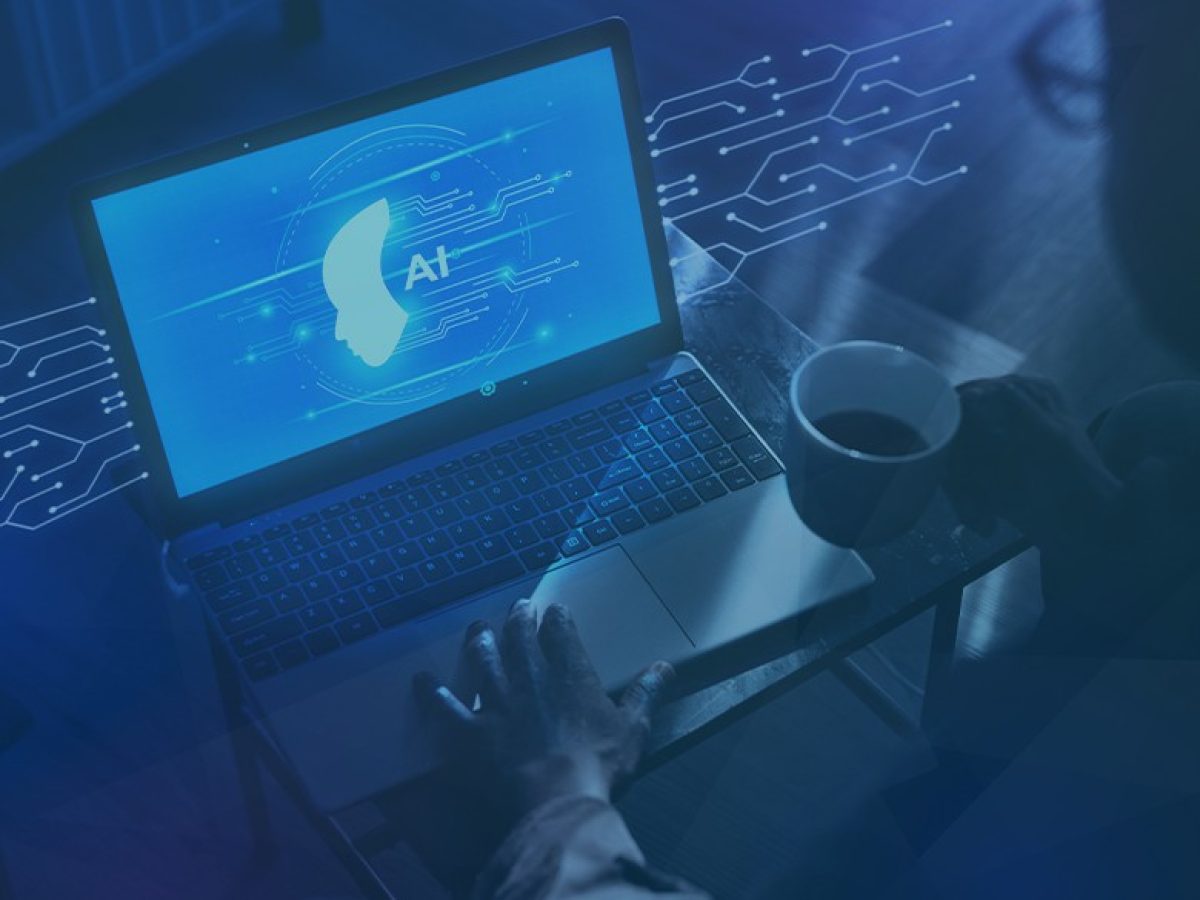
How to Safeguard Enterprises from Exploitation of AI Applications
Artificial intelligence has taken the world by storm, and while its potential remains profound, we must address the serious security risks it presents. Cybercriminals are constantly seeking new avenues of exploitation, and as organizations scramble to adopt generative AI, the need for robust cybersecurity measures has never been more critical. In this article, we’ll explore the vulnerabilities associated with large language model (LLM) applications and how enterprises can protect themselves amid this evolving landscape.
Understanding LLM Security Weaknesses
A recent study highlighted by cybersecurity experts revealed alarming trends in how LLM-based applications could be weaponized by malicious actors. The research identified that many threats stem from the prompts utilized to interact with these models, as well as the unexpected responses they produce. In essence, the technology does not always behave as its creators intended.
One significant concern lies in the hastened adoption of generative AI that often overshadows the implementation of necessary cybersecurity policies. Many organizations, eager to reap the benefits of AI, overlook crucial safety measures. According to a survey, nearly 93% of businesses have adopted some form of generative AI, yet a staggering 34% do not have a dedicated policy governing its use. The contrast between adoption and regulation is stark.
“Companies face the challenge of keeping pace with the industry’s AI adoption rate to avoid falling behind their competitors and opening themselves up to threat actors who leverage it for their gain,” said Mick Baccio, a Global Security Strategist. This observation encapsulates the pressure many enterprises face.
 The importance of AI security measures cannot be overstated.
The importance of AI security measures cannot be overstated.
The Stakes of AI Implementation
As AI technologies quickly integrate into various sectors, the urgency for effective cybersecurity strategies escalates. One of the most pressing issues is the ability of cybercriminals to manipulate LLMs by crafting deceptive prompts that yield sensitive or damaging information. These vulnerabilities often stem from developers rushing to roll out features without adequate testing or foresight. Consequently, enterprises that fail to implement robust security protocols risk significant operational damage.
Drawing from my experience working within several tech firms, I’ve witnessed firsthand the chaos that results from rushing to adopt new technologies without proper safeguarding measures. During a recent integration of an AI tool, the team neglected to solidify our data privacy policies. It wasn’t long before we encountered unforeseen data breaches that compromised critical customer information. This incident serves as a cautionary tale about the necessity of establishing boundaries when engaging with powerful AI systems.
Creating a Resilient AI Framework
To safeguard against potential exploits, organizations must prioritize developing a comprehensive generative AI policy. Such a framework would enable companies to engage with AI applications responsibly while minimizing risks. Notably, this policy should address:
- Prompt Management: Establish protocols for crafting safe prompts to ensure that interactions with LLMs do not compromise security.
- Response Evaluation: Develop mechanisms to assess the accuracy and appropriateness of outputs generated by AI.
- User Training: Ensuring that employees are well-versed in how to utilize AI tools safely is vital to mitigate human error.
These measures provide a foundation for a secure AI environment and help reinforce a culture of cybersecurity awareness throughout the organization. As AI continues to evolve, ongoing training and adaptation will be imperative.
 Training staff on the best practices for interacting with AI technologies is essential.
Training staff on the best practices for interacting with AI technologies is essential.
Conclusion: The Time for Action is Now
The rapid adoption of AI brings with it both significant opportunities and formidable challenges. As we embrace towards a future increasingly driven by large language models, stakeholders must remain vigilant against emerging threats. Companies must not allow the allure of innovation to overshadow the importance of cybersecurity.
In closing, the need for a robust generative AI policy is clear. We must act decisively to fortify our defenses against those who would exploit our enthusiasm for technology. Collectively, a commitment to safety, prudence, and an ethical approach to AI can mitigate risks and pave the way for a secure future.
Published: October 8, 2024
Topic: AI Security and Corporate Responsibility















